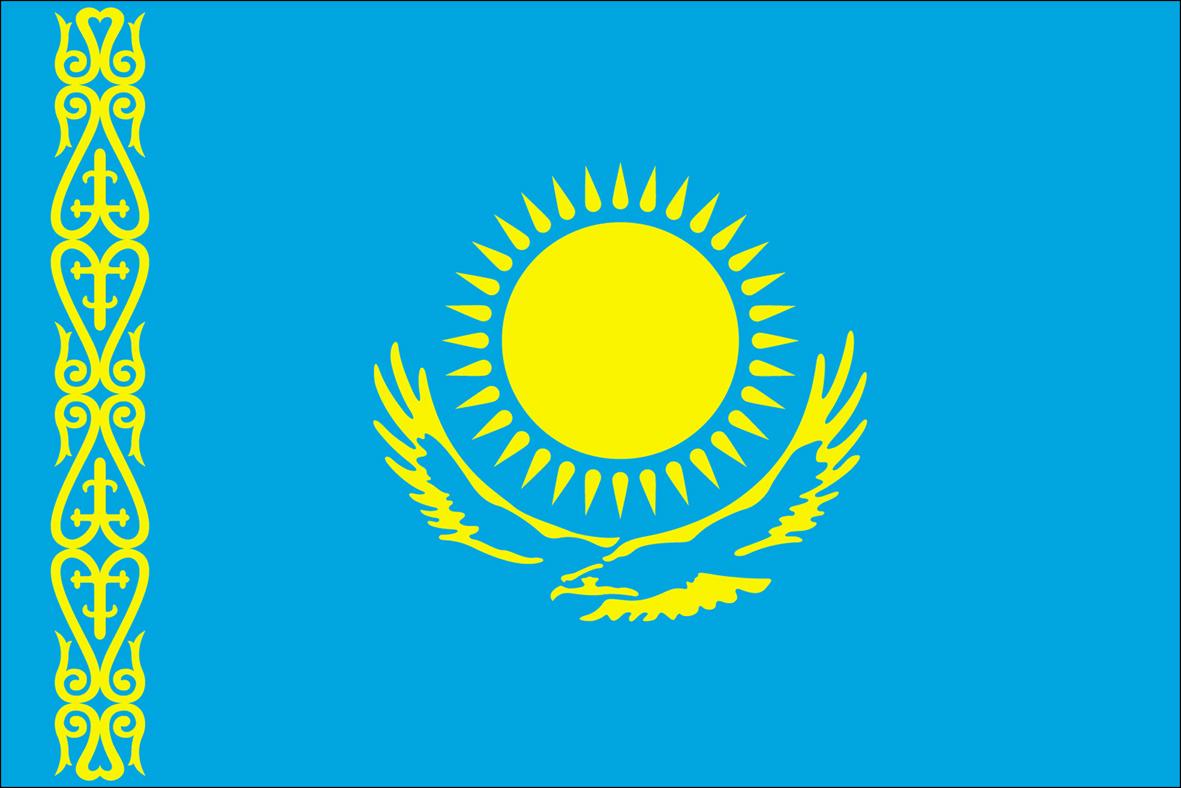Chinese rock inscriptions in the Indus Valley (North Pakistan)
A great number of inscriptions have been discovered along the Silk Roads that followed the Hunza and Gilgit rivers, including thousands of petroglyphs on the banks of the Indus river. The dates of these rock carvings fall roughly into three periods – Pre-Buddhist, Buddhist, and Post-Buddhist. So far only one inscription has been published, which intimates that “Gu Wei-long, envoy of the Great Wei, (is) now dispatched to Mi-mi,” - the place of destination being probably modern-day Maimargh, a small country that was to the south of Samarkand. This find indicates that the traveller was in fact taking a detour from the usual routes. Following recent research, more inscriptions have been analysed and suggest that many indicate either names of people (some of whom are being commemorated in death) or place names.




